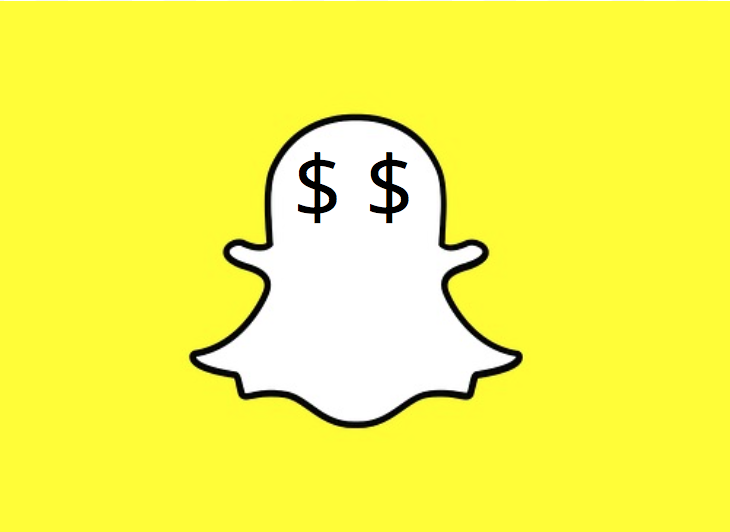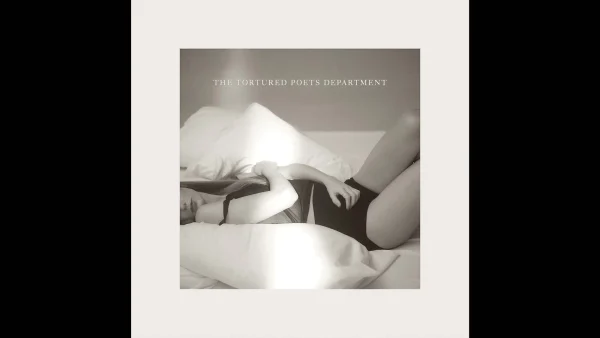Show Me the Money
It has always fascinated me how some people who create free social media apps make it to Forbes’ Billionaires List. Where does the money come from? We, the consumers who download and use the app, pay nothing for it. So, how is it that Evan Spiegel, the creator of Snapchat, can be worth an estimated US$4.6 billion?
Currently, most of the money comes from the sponsored lenses. The ones we see when a movie is about to premiere or when a product is launching. Big companies = big bucks, which is why most of Snapchat’s income comes from charging them for lenses. Many people use the lenses, so they are not cheap (ranging from US$450,000 to US$750,000). But because of Snapchat’s current user base of 150 million people per day, it’s worth it for big companies. Another feature that is used on a much smaller scale is the “geofilter” that companies and individuals can buy to advertise or showcase an event in a specific area. For example, during Carnaval week, there were various geofilters with the words “frevo”, “mestre sala e porta bandeira,” and “Carnaval 2017” on them, specific to Brazil. Individuals can make geofilters for weddings and birthday parties, and they can stretch for a block or even include a city.
Besides selling lenses and geofilters to companies, Snapchat also charges customers through the “discover” feature on the app. It displays diverse content ranging from sources such as the Wall Street Journal, Buzzfeed, and The Food Network. Snapchat charges each company US$100 per one thousand views of their story. Finally, although not accounting for much of Snapchat’s revenues, there are spectacles. A kind of ‘video-sun-glasses’ that are linked directly to your Snapchat and are a way to film videos while moving your arms freely. The spectacles go for US$130.
In 2013, Spiegel turned down a rumored 3 billion dollar offer from Facebook to buy Snapchat, and many thought he was crazy for doing so. It is not just the current streams of revenue that Snapchat is making from advertisements in the lenses or geofilter and its sales of spectacles that make the company worth an estimated US$20 billion after its IPO (Initial Public offering). It engages its 150 million users for an estimated 30 minutes per day and it is the continued engagement from this enormous base that advertisers want to tap into.
Other free apps like Instagram, Facebook and Twitter, follow a similar pattern of selling ad space to companies or people. On Instagram it appears in your feed with a small “sponsored” tab appearing above it. Facebook is not as discreet as Instagram and has ads populating the page from top to bottom and in your feed. Twitter is the most discreet of the three, with barely noticeable ads seamlessly fitted into your feed. Regardless, they all rely on ads, one way or another, to continue functioning and making money. The question for Snapchat is whether it will succeed like Facebook or go the way of Twitter, which has been losing active users since 2015 (losing over 2 million in 2015).

In addition to “Zaba, não entendi nada”, “Shhhh” is the sound Zaba hears the most day to day. Whether it’s because she’s talking out of place,...











